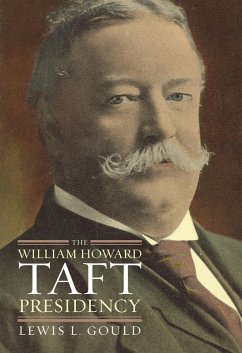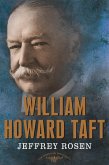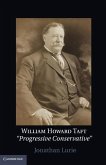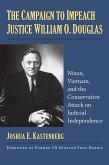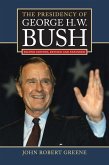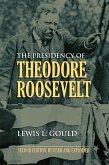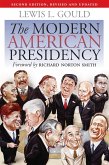The only president to later serve as chief justice of the United States, William Howard Taft remarked in the 1920s that I don't remember that I ever was President. Historians have agreed, and Taft is usually portrayed, when written about at all, as nothing more than a failed chief executive. In this provocative new study, the first treatment of the Taft presidency in four decades, Lewis L. Gould presents a compelling assessment of Taft's accomplishments and setbacks in office. Rich in human interest and fresh analysis of the events of Taft's four years in Washington, Gould's book shows why Taft's presidency is very much worth remembering on its own terms.
Gould argues that Taft wanted to be president and had an ambitious agenda when he took power in March 1909. Approaching his duties more as a judge than as a charismatic executive in the mold of Theodore Roosevelt, Taft soon found himself out of step with public opinion. Gould shows how the Payne-Aldrich Tariff and the Ballinger-Pinchot controversy squandered Taft's political capital and prepared the ground for Democratic victories in the elections of 1910 and 1912. His seamless narrative provides innovative treatments of these crucial episodes to make Taft's presidency more understandable than in any previous account. On Canadian Reciprocity, Dollar Diplomacy, and international arbitration, Gould's well-researched work goes beyond earlier stale clichés about Taft's administration to link his tenure to the evolution of the modern presidency. Taft emerges as a hard-working but flawed executive who lacked the excitement of Theodore Roosevelt or the inspiration of Woodrow Wilson.
The break with Theodore Roosevelt in 1912 doomed the Taft presidency, and Gould supplies an evenhanded analysis of the erosion of their once warm friendship. At bottom, the two men clashed about the nature of presidential power, and Gould traces with insight how this personal and ideological rupture influenced the future of the Republican party and the course of American politics. In Gould's skilled hands, this neglected presidency again comes alive. Leaving the White House in 1913, Taft wrote that the people of the United States did not owe me another election. What his presidency deserved is the lively and wise appraisal of his record in office contained in this superb book.
Gould argues that Taft wanted to be president and had an ambitious agenda when he took power in March 1909. Approaching his duties more as a judge than as a charismatic executive in the mold of Theodore Roosevelt, Taft soon found himself out of step with public opinion. Gould shows how the Payne-Aldrich Tariff and the Ballinger-Pinchot controversy squandered Taft's political capital and prepared the ground for Democratic victories in the elections of 1910 and 1912. His seamless narrative provides innovative treatments of these crucial episodes to make Taft's presidency more understandable than in any previous account. On Canadian Reciprocity, Dollar Diplomacy, and international arbitration, Gould's well-researched work goes beyond earlier stale clichés about Taft's administration to link his tenure to the evolution of the modern presidency. Taft emerges as a hard-working but flawed executive who lacked the excitement of Theodore Roosevelt or the inspiration of Woodrow Wilson.
The break with Theodore Roosevelt in 1912 doomed the Taft presidency, and Gould supplies an evenhanded analysis of the erosion of their once warm friendship. At bottom, the two men clashed about the nature of presidential power, and Gould traces with insight how this personal and ideological rupture influenced the future of the Republican party and the course of American politics. In Gould's skilled hands, this neglected presidency again comes alive. Leaving the White House in 1913, Taft wrote that the people of the United States did not owe me another election. What his presidency deserved is the lively and wise appraisal of his record in office contained in this superb book.
Dieser Download kann aus rechtlichen Gründen nur mit Rechnungsadresse in A, D ausgeliefert werden.

